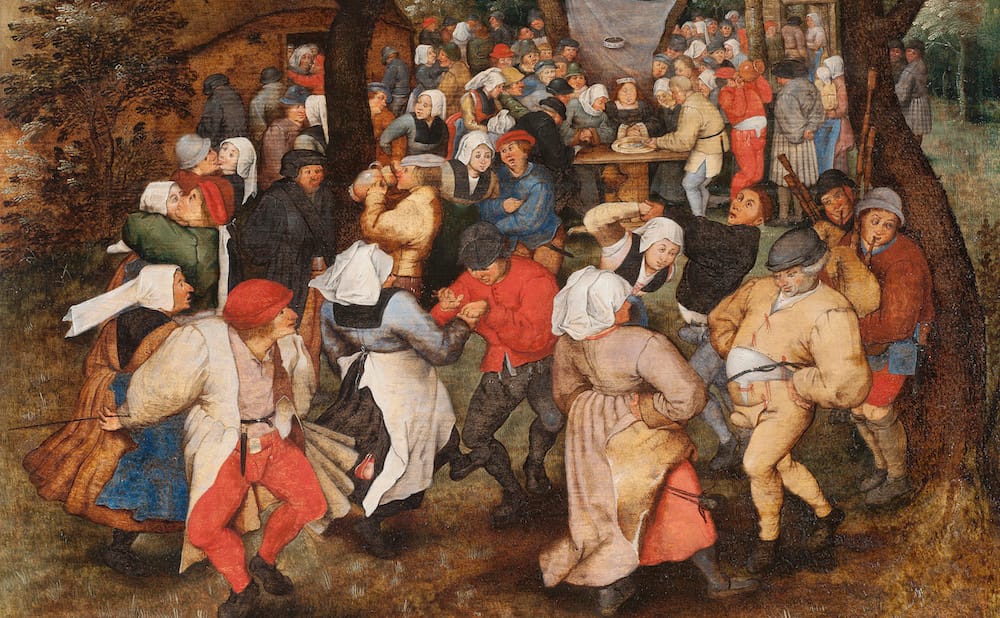Long Attributed to a Follower, a Pieter Brueghel the Younger Painting Is Authenticated
The artist's "Wedding Dance in the Open Air" spent many years undated and unsigned in storage at the Holburne Museum.

There’s a newly authenticated Brueghel in town — Pieter Brueghel the Younger, that is — and it’s yet another genre scene of people dancing. “Wedding Dance in the Open Air,” a merry painting of dozens of partygoers kicking up their heels beneath kirtles, spent many years undated and unsigned in storage at the Holburne Museum in Bath. Now recognized as its true self, it stands as the centerpiece of a new exhibition, Bruegel Defining a Dynasty, with a label that firmly attributes it to the 17th-century Flemish painter.
Previously believed to be the work of a follower, “Wedding Dance in the Open Air” resurfaced in 2014, when the museum’s then-new director Jennifer Scott came upon it. A Flemish painting specialist, she “followed her instincts that the quality of the work was too good to be a copy,” a Holburn spokesperson told Hyperallergic. Scott worked with Amy Orrock, co-curator of the current exhibition, to conserve the painting, which had been discolored by layers of varnish. Infrared pictures revealed underdrawings suggestive of Brueghel’s hand, such as little hooks he sketched to show movement and the folds in clothing. As The Art Newspaper (TAN) reported, a recently conducted technical examination further validated the work’s status. The finding means that the Holburne now owns three works by Brueghel the Younger, the most of any museum in the UK.

Although it’s certainly cause to do a jig, “Wedding Dance in the Open Air” is not unique. There are over 100 recorded versions of the scene around the world, according to TAN, 31 of which are readily attributed to Brueghel the Younger. This rediscovered one will be the only version on view in a public museum in the UK. The composition that inspired it was made by Bruegel the Elder; Pieter junior copied his father frequently, even though he signed his name with an “h” — a reinstatement of the letter Bruegel himself dropped from the family name in 1559 — to distinguish himself from his dad. All of this visual replication and recycling of names (don’t forget Bruegel’s first son, Jan Brueghel the Elder; young Pieter’s progeny, painter Pieter Breughel III; and Jan’s own offspring, Jan Brueghel the Younger) makes for a very confusing legacy. Which is why Bruegel Defining a Dynasty, featuring 35 works from four generations that “unravel the complex Bruegel family tree,” is a very necessary exhibition.




